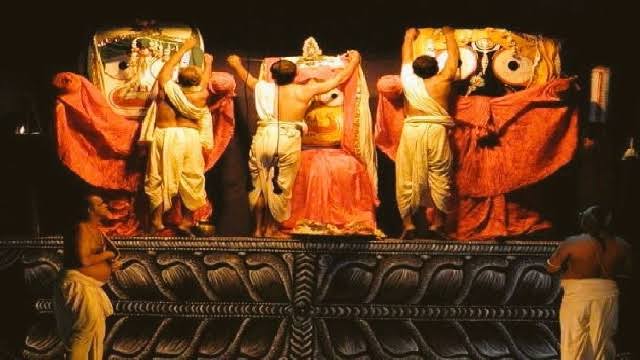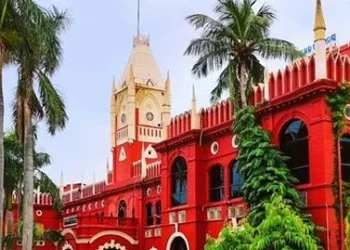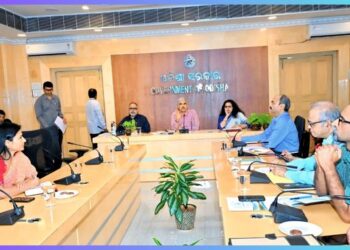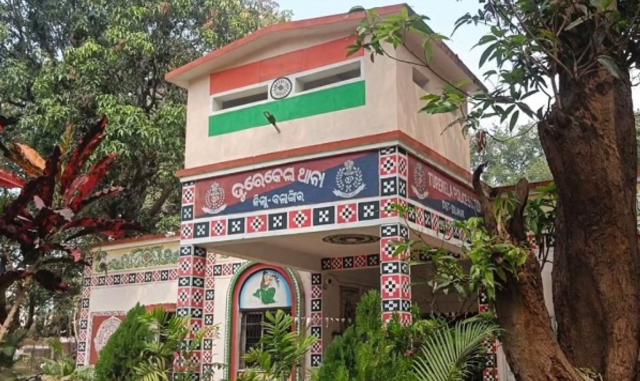Following the grand Snana Yatra ceremony on June 11, during which Lord Jagannath, Lord Balabhadra, and Devi Subhadra were ritually bathed with 108 pitchers of sacred water, the deities have now entered their annual period of seclusion known as ‘Anasara’ at the Puri Srimandir.
What is Anasara?
‘Anasara’ is a unique and deeply symbolic tradition observed at the 12th-century shrine in Puri. After the elaborate bathing ritual, the deities are believed to fall ill and are kept away from public view in a secluded chamber known as the Anasara Ghara. This period lasts until the Navajouban Darshan, which takes place on the new moon following Snana Purnima.
During this phase, the deities are cared for like human beings. The Daitapati servitors, considered close aides of the deities, perform Anasara Seva, a series of intricate healing rituals that involve the application of herbal medicines, aromatic oils, and sacred pastes.
Key Rituals of Anasara Seva:
-
Anasara Panchami: Application of Phuluri oil, made of sesame oil, sandalwood, camphor, and other fragrant herbs.
-
Sasthi to Navami: Use of Osua paste, made from jhuna (resin), sesame oil, and natural ingredients.
-
Anasara Ekadasi: Idols are treated with sandalwood, saffron, and camphor.
-
Trayodashi: Ritual of Ghana Lagi.
-
Chaturdashi: Banak Lagi performed by Datta Mohapatra servitors to repaint and rejuvenate the facial features of the deities using natural colors.
-
Khali Lagi & Khadi Lagi: Application of wheat flour and quicklime pastes respectively.
-
Pata Lagi: Wrapping the deities in over 35 feet of silk fabric.
On Amavasya (new moon), the idols are fully restored and ready to offer ‘Navajouban Darshan’ to the devotees, symbolizing their youthful rejuvenation.



















